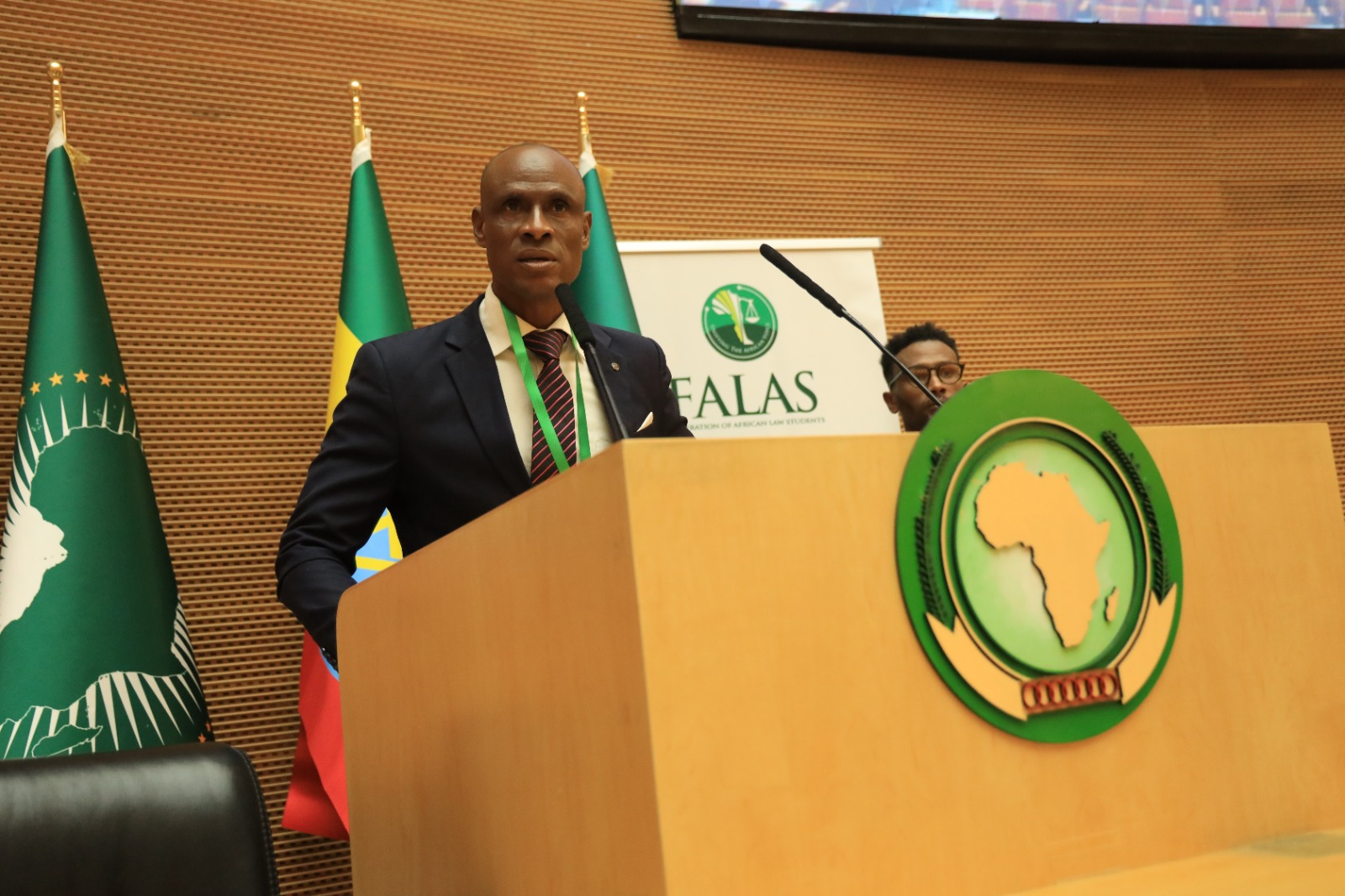Copyright The Associated Press

The interim president of the University of Providence in Great Falls last week told a small group of board members, alumni and major community stakeholders that the university’s future is uncertain and that the school stands at the beginning of a major restructuring effort to save the institution. “There is a truth we must confront and a task we must embrace,” Caroline Goulet, who also serves as the university’s vice president of academic affairs, told the group. The task will include implementing cost-cutting measures and layoffs from its staff of 244, some of which have already happened. The course offerings for the student body of 630 will also change, as administrators turn their focus to high-impact programs. While operating at a deficit for years, the university has balanced its budget through direct support from the Providence health system, a major hospital and clinic network affiliated with the same Catholic order as the Great Falls school. In recent years, Providence health has given $8 million annually to the university to cover its expenses. But now, the health system plans to cease that financial support amid budget challenges of its own. Goulet and other University of Providence administrators are asking their board to approve a declaration of financial exigency, which acknowledges a budget crisis and allows officials to take drastic measures to restructure programs, reduce staff and launch new enrollment and revenue campaigns. Speaking with Montana Free Press this week, Goulet said that such decisive action is necessary to prevent a potentially fatal blow to the institution. “And what’s the hardest, from my perspective, is that there’s no guarantee,” she said. “And so we’re giving it our all. I’m giving 150%, but I don’t know if it’s going to be enough, soon enough.” A limited partnership The university was founded in 1932 by the Ursuline Sisters and the Sisters of Providence, two Catholic orders that still have visible legacies in Great Falls. It started as a two-year teacher’s college for women. As enrollment expanded, the school eventually moved from class space at the Ursuline Academy and Columbus Hospital to a 68-acre plot on Great Falls’ south side. Construction of the original campus buildings was finished in 1960 as the institution grew into a thriving liberal arts college during a boom time for Great Falls. For decades, it was known as the College of Great Falls and later as the University of Great Falls. In 2017, the university announced a major partnership with Providence St. Joseph Health (now simply Providence ), which is based in Renton, Washington. The school rebranded to the University of Providence and bolstered health-related course offerings as part of the renewed partnership. The deal also brought significant financial support from the health system, which included $25 million to fund the construction of new campus buildings. Providence health and the University of Providence also signed a memorandum of understanding saying that the health system would support the school’s operational budget, according to Goulet. While the health system’s support was a major stabilizing force, the annual university budget deficit remained a fundamental issue. Goulet said that the critical juncture the school now faces is due in part to a sense of complacency from having the budget shortages covered in past years. “So we could have had in place some measures that would have been, for me, maybe more fiscally responsible — understanding that we were in a situation of a deficit budget,” she said. The budget support agreement was renewed annually for nearly a decade, but in 2024, as the university worked to renew its accreditation, the renewal was delayed. Goulet, who at the time was months into her role as vice president of academic affairs, said that was an early alarm that something was changing. In June 2025, University of Providence President Oliver Doyle retired, and Goulet assumed the role of interim president. The university also learned that Providence health planned to cease its financial support as the organization navigated challenges of its own. The Providence health system spans seven states with 50 hospitals and around 1,000 clinics. A New York Times investigation in 2022 detailed aggressive billing and collections tactics by Providence, even for patients who would be eligible for free care due to their incomes. Reports from Oregon, where Providence is the top employer, said that the health system lost $261 million in early 2025, when nearly 5,000 unionized health professionals went on strike. One of the network’s Montana facilities, Providence St. Patrick in Missoula, closed its maternity center this fall. In April 2025, Providence health CEO Erik Wexler sent a memo to stakeholders stating that the system continued to face significant financial strain and that it would undergo further cuts and pause non-clinical hiring. The memo added that the organization took a $500 million hit from this year’s federal cuts to Medicare and Medicaid, with “more proposed cuts likely to decrease our reimbursement by another $1 billion.” In an email to MTFP, Providence chief communications officer Michelle Tizon said that the Medicare and Medicaid spending cuts resulted from the so-called “one big, beautiful bill.” Tariffs, inflation and delayed or denied payments from commercial insurers also contributed, she said. Tizon said the organization is committed to assisting the Great Falls university “through 2027.” University documents indicate the current memorandum of understanding expires at the end of that year. Over the summer, University of Providence administrators began forming an emergency plan, requesting immediate reductions. “Overall, I asked them to find me $4 million,” Goulet said. That was just a starting point. Building a strategy The urgency of the financial situation at the University of Providence intensified this year, but signs of struggle were already part of the broader higher education landscape. “For the most part, most of the faculty were not surprised by it,” said Michelle Hill, a psychology professor and faculty representative on the board of trustees. “Just because it’s kind of what is happening to, I think, a lot of different places.” Small, private institutions like the University of Providence have been navigating the changing needs of college students, who are more skeptical of the traditional four-year degree as an investment in future wealth. Smaller institutions are closing by the dozens. Marjorie Hass, president of the Council of Independent Colleges, said that the country is also experiencing a dip in college-age demographics. There are simply fewer 18-year-olds out there who would be signing up for higher education. She added that within the college-age demographic, the most significant growth is among historically disadvantaged groups who attend college at lower rates. “We are seeing it on both the public and the private side as the higher ed market adjusts to these new demographics,” Hass told MTFP. There have also been unexpected cuts to federal research grant funding, Hass said. And some of the basic requirements of an in-person campus experience simply take up more space on a small college’s balance sheet. “However big or small you are, you have to have a dining hall and a lot of compliance and regulatory needs to meet,” Hass said. All these factors contribute to struggles for higher education budgets. Unlike a public university, private institutions don’t receive state tax support to supplement tuition revenue. And compared to similarly sized public institutions in Montana, the University of Providence spends more but has fewer enrolled students, according to an internal analysis. The University of Providence’s current budget calls for $23.9 million in spending and anticipates $15.9 million in revenue. The current fall enrollment of 630 students is lower than expected, which adds to this year’s deficit. And while support from the health system appears to be in place for this year, work has already begun to try and close that gap. University leaders and the board of trustees formed task forces with two broad goals: identify possible cost reductions and build a strategic plan for future growth. That process turned up more than $4 million in cost reductions, about half of which are in personnel. Goulet said that seven people have already been laid off and that 14 open positions will remain unfilled. More layoffs are expected. A strategic planning document prepared by the university identifies 15 occupied positions as eligible for reduction. In addition to identifying areas for cost reduction, the internal task forces also developed a recovery plan that focuses on four main pillars. The first is enrollment growth to raise tuition revenue. The university plans to cut or pause academic programs with low enrollment and add selective new programs that administrators feel will have high interest. One of those proposed new programs is computer science and computer information systems. The second pillar is an aggressive fundraising campaign aimed at raising $16 million in philanthropic gifts over four years. Third, the university will explore partnership and merger opportunities with other regional institutions. The goal is to consolidate certain costs, such as legal, fiscal and record-keeping, among other perceived benefits. Finally, the university will consider real estate options. Those include leasing current buildings to outside entities and selling property outright for a one-time cash infusion. The university will also explore options for about nine acres of vacant land separate from the main campus that are owned by the Providence health system. A possible proposal could include housing developments that provide more long-term revenue streams. The linchpin for this plan is a declaration of financial exigency. The university’s board of trustees will need to approve this declaration, a process that acknowledges an immediate financial crisis and enables administrators to enact changes more swiftly. Goulet called it a “hard reset.” Hill, the faculty representative on the board of trustees, said that she feels the faculty members will support this process despite the tough choices ahead. “Nobody likes to be on the chopping block. Nobody likes that looming threat over them,” she said. “But I think that, by and large, most of the faculty understand and realize what’s at stake.” The university has spent the last few months strategizing and informing internal stakeholders. It’s now embarking on a more public process that Goulet hopes will be a proactive decision in the face of a budget cliff. The board could consider voting on exigency by December. If the plan is successful, the University of Providence will reach its centenary celebration in 2032. And faced with a major challenge, perhaps the university will raise its profile in its hometown. “I’ve heard multiple times from people in Great Falls that the community takes UP for granted,” Goulet said. “The university behind Target and whatnot. And my hope is that in this time of crisis, we’re all going to come together and turn things around and set up the university for success for years to come.” ___



